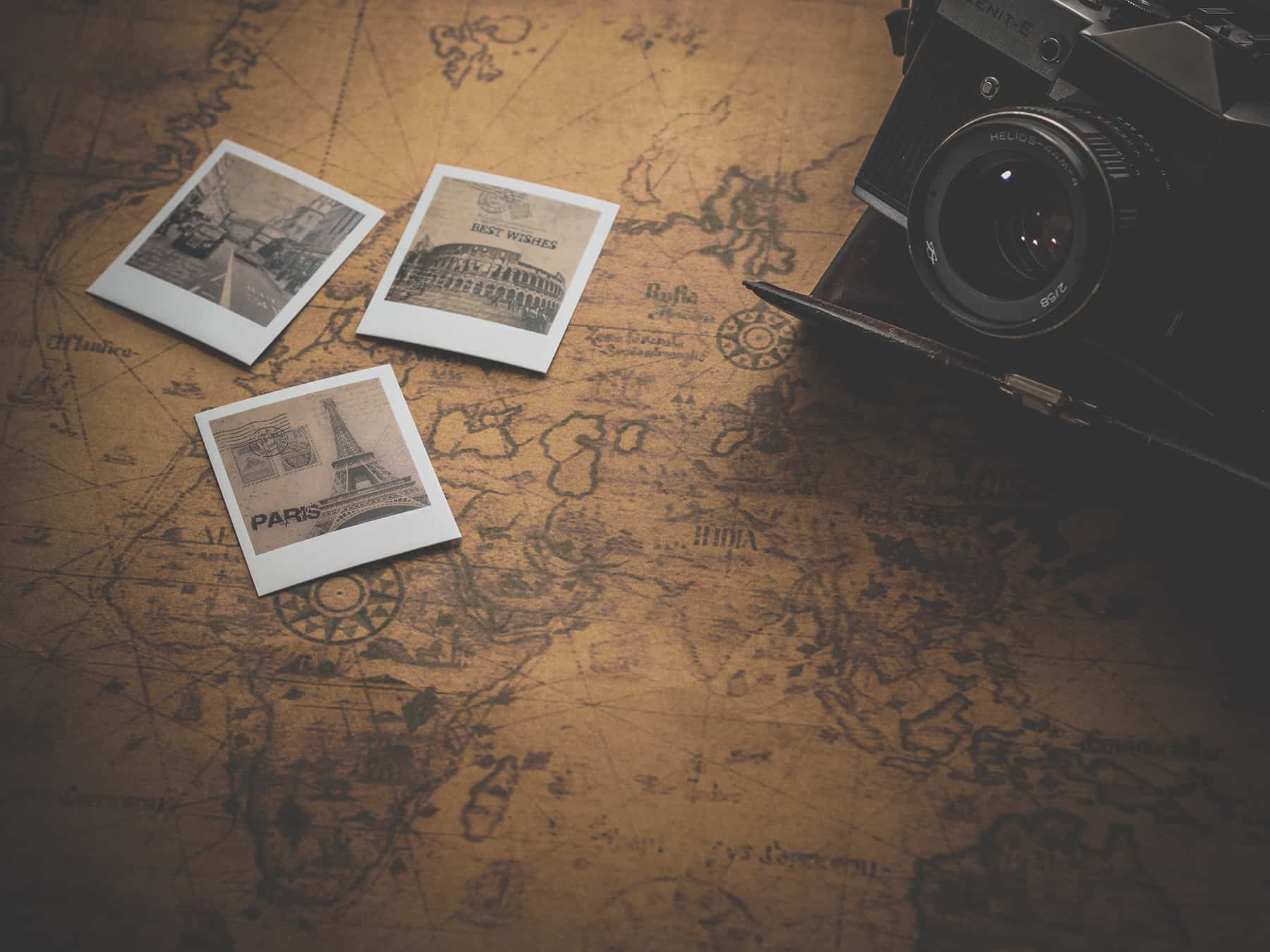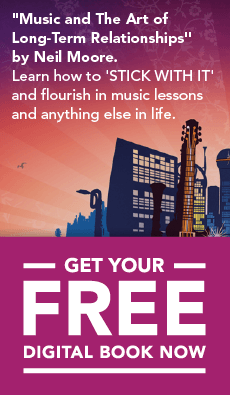
My teenage son makes an awesome cup of coffee. He bought himself a ’70s percolator and spent a considerable time experimenting with different techniques, grinds, brewing times and who knows what else. Now that he’s got his chops down, it’s almost as rewarding for me to watch the care and attention with which he crafts a brew as is it to partake of the beverage itself.
That other essential stimulant, music, might be a bit more complicated, but the idea of making the most of a simple act can still apply. ‘Mindfulness’ might be a 21st century buzzword, but as a concept it has a lot to offer us. Becoming fully absorbed in something, however simple, can offer a sense of well-being, encourage a positive outlook, and improve focus. I would also claim that being focused and observant can open creative doors. Steve Jobs put it well:
“If you just sit and observe, you will see how restless your mind is. If you try to calm it, it only makes things worse, but over time it does calm, and when it does, there’s room to hear more subtle things – that’s when your intuition starts to blossom and you start to see things more clearly and be in the present more.”
With music, we’re not always driven by principles such as these. We’re tempted to get onto the next new thing. We want to see clearly that we are progressing. We compare ourselves with somebody more advanced than us, and are driven to reach goals that bring us closer to those ideals. That’s a great thing. But there’s a reality in music that all of us will confront, especially the majority of us who have neither the ‘special gifts’ nor the ambition to reach a professional level: there will always be people who can do things better than us, and there will always be things we can’t do. We will all feel frustrated at times by our limitations or the slowness of our journey towards ‘mastery’. That goal is a little like walking towards the sun. It will always seem a long way away, so we’d better not focus on that so exclusively that we’re not fully experiencing the journey.
That’s one of the many reasons why Simply Music focuses on the Playlist. The Playlist marks your journey, reminds you of how far you’ve come, and provides a kind of photo album of your musical travels. Only trouble is, the snapshots in this album will fade if they are not regularly revisited. Of course there are many other benefits of maintaining your Playlist, and anyway, in the end, your teacher requires you to keep it up no matter what, so you might as well make the most of it. So it would be great to find ways to revisit these pieces that keep them interesting and challenging, provide that room to find the subtle things, and help your repertoire to always be an adventure.

Consider Moonlight Sonata – I’ll use the wonderful example of Valentina Lisitsa’s performance. Movement 3 is a virtuosic affair and of course she plays splendidly. The famous Movement 1 is a relatively easy piece for a performer at her level, but you can be sure that she agonizes just as much over that movement. Watching her playing, it’s easy to see that she is as fully absorbed in it as she is in Movement 3. In the case of this slower movement, the effort will go into making each note count, bringing out the emotion. There’s always more you can extract from a piece of music.
You might have explored a piece in this way when preparing for a student concert. Chances are, your teacher will have suggested you choose a piece that’s well within your capacity. Simply Music concerts are not about showing off how advanced you are; they are about sharing music you love to play. You’ll prepare the piece by getting to a level beyond what’s required at the event. You might practice playing in different ways – faster or with more expression than you will use at the concert. Those practices add a buffer so that you know at the event you’re playing within your comfort zone.
You will have lots of pieces in your Playlist that are already in your comfort zone. That’s the place where the room for subtle things can be explored. Once you’re not having to think about what to play, you can think about how to play it. There’s really no end to the possibilities. It’s about observing – really listening and thinking about what you’re doing, and observing how you’re responding. ‘Responding’ can mean different things; on a practical level, you can be looking carefully at what you’re actually doing (“that part was a bit clunky”, “I could play that section a bit quieter”…), but there are also more unconscious responses. We naturally have an inclination to ‘fill in the gaps’ – our imagination can compensate for faults and weaknesses, mentally papering over cracks. This is a double edged sword, because we can sometimes think we’re playing better than we are. It can be a valuable, if sobering, experience to record yourself and listen critically. You might hear for the first time the chasm between what you think you play and what a listener actually hears. But you don’t have to abandon the version you hear in your imagination – you can just think with care about how to bring the reality closer to the fantasy.
So I recommend you find one piece in your Playlist that you think you know well, and get to know it anew. Play it in a different way, decide what you want to communicate, what new touches it needs, and what new story you can tell. In Part 2 we’ll have a look at some practical suggestions for ways to explore known pieces, but in the meantime, in this article, Laurie Richards talks of the power of telling a story with your music. In its follow-up, she gives some really useful examples of musical storytelling.







